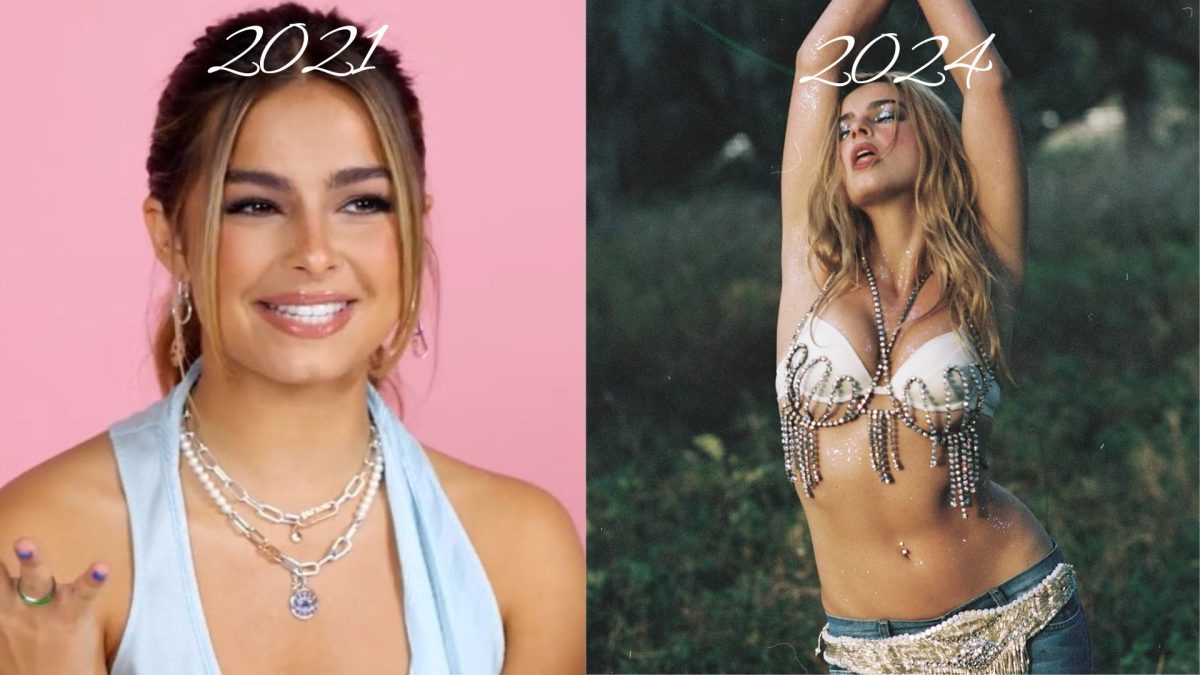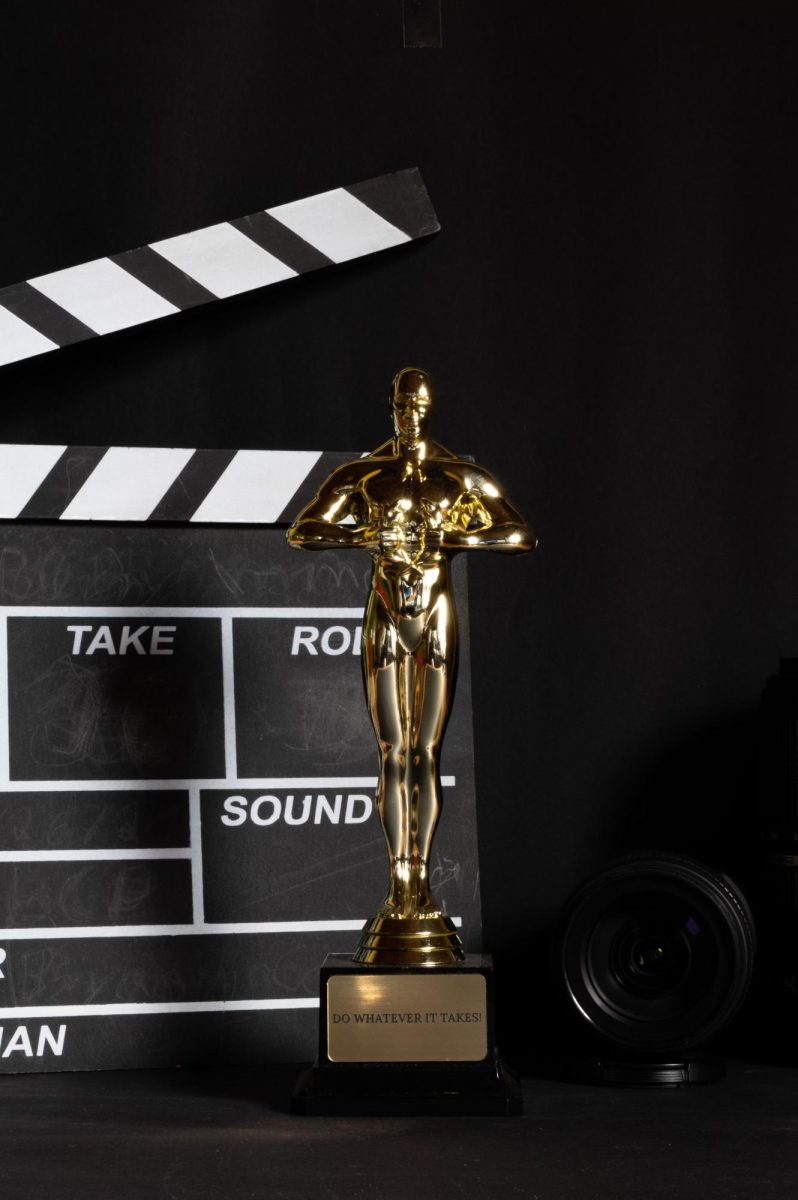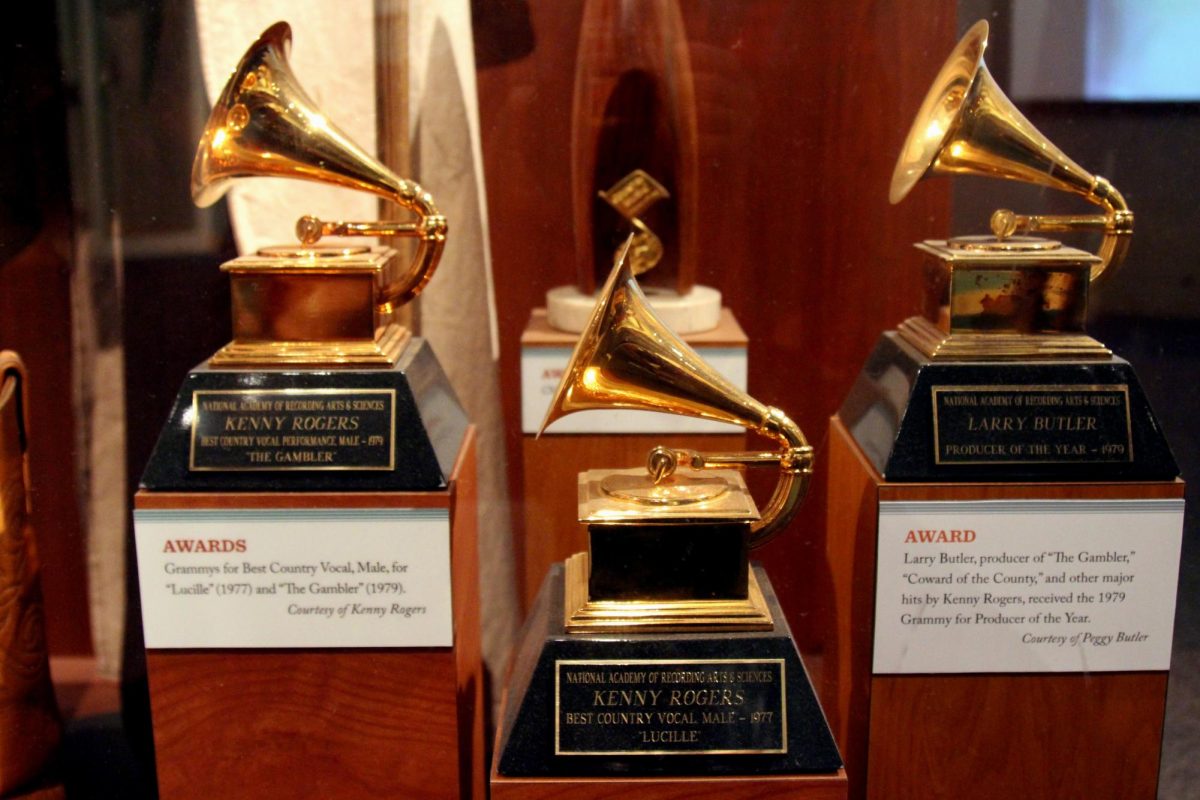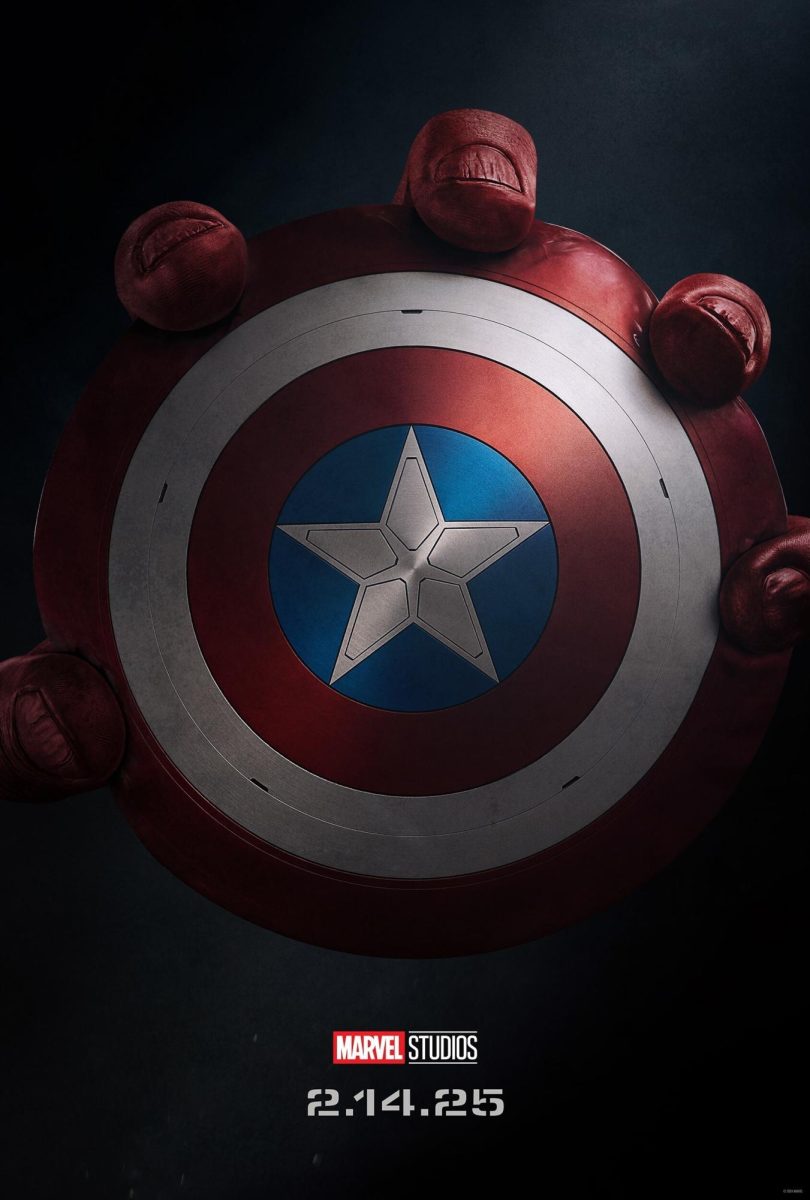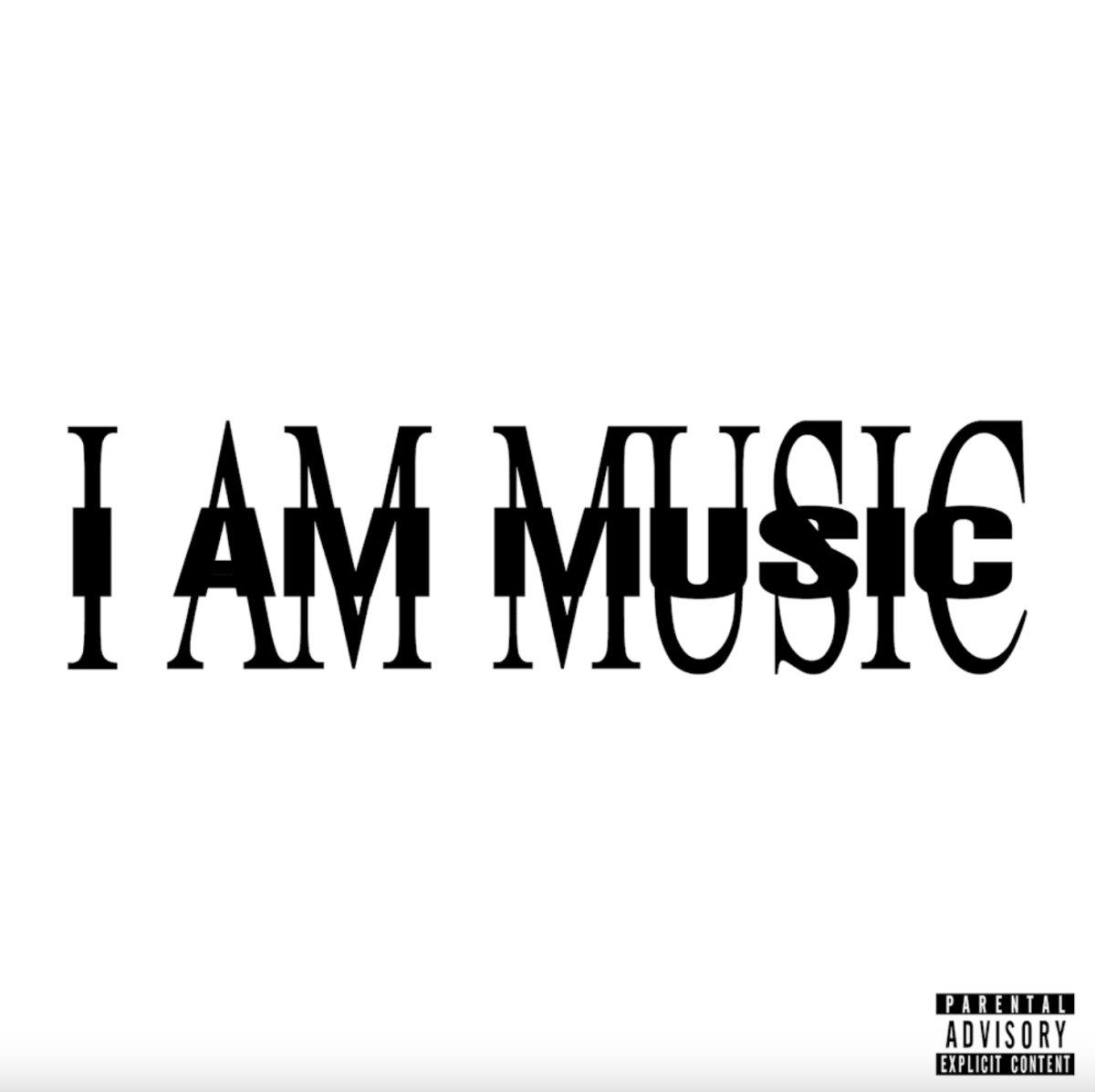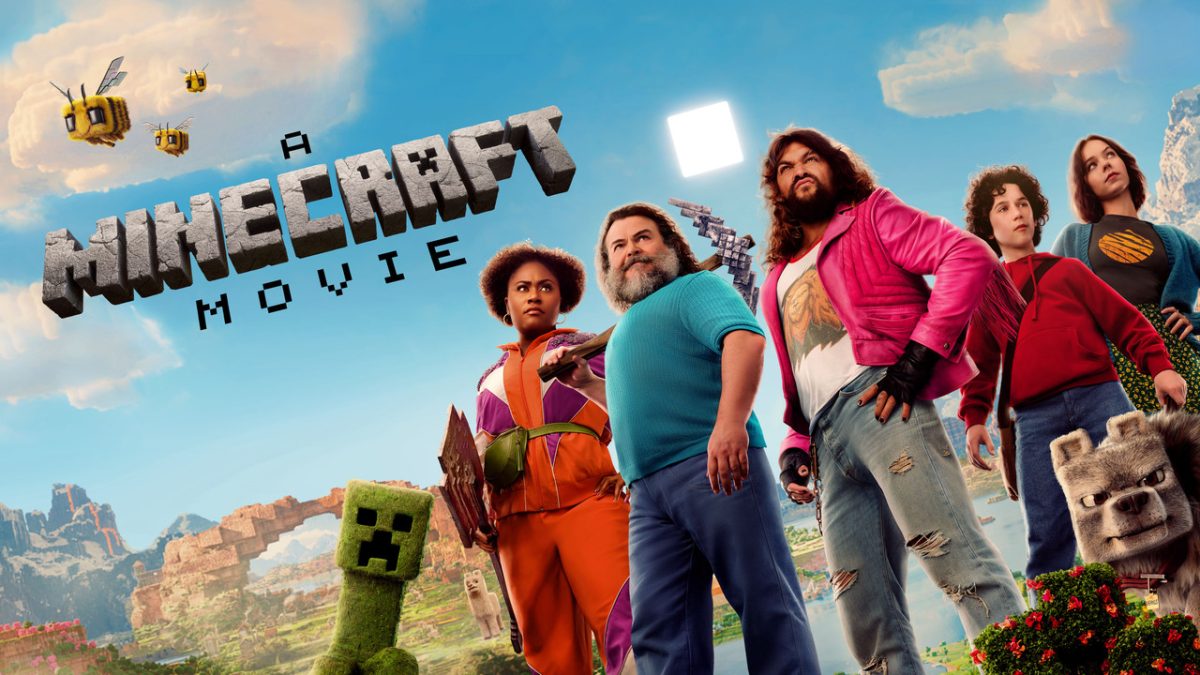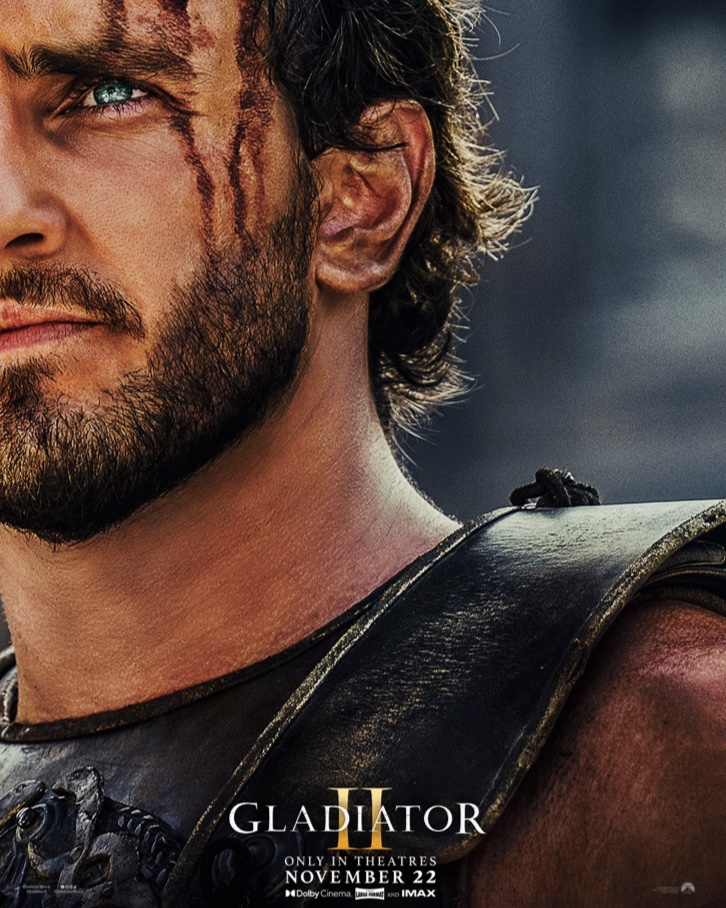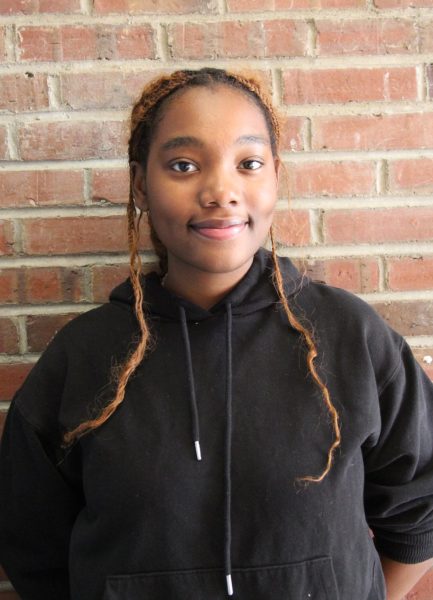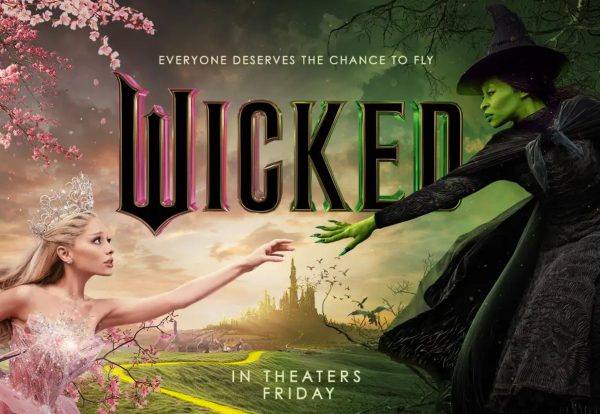
Disclaimer: This article contains spoilers for Wicked.
As an Ariana Grande fan, I have been looking forward to her feature film debut Wicked (2024) since its official release announcement in 2022.
The film has been highly anticipated for many people because it is an adaptation of the musical theater classic Wicked. Yet, some watchers went in with a pessimistic view of the quality of the movie in comparison to the Broadway production. But I — and many others — found it to be a refreshing retelling of a beloved story that stands on its own while giving an on-the-nose depiction of the original tale.
The film is the first part of a two-part movie series that releases on November 22 with two early premieres on November 18 and 20. It includes a story of an unlikely and unusual friendship between two witches in the fictional world of Oz: Ariana Grande as Glinda the Good Witch and Cynthia Erivo as Elphaba the Wicked Witch of the West. The story begins years into the future with Glinda celebrating the death of Elphaba, remarking how they used to be friends. From this point, the film turns back time to the beginning of their friendship and how they met at Shiz University, a school for witches.
Director Jon M. Chu — who also directed popular films such as Crazy Rich Asians and In the Heights — adapted the movie from Wicked: The Musical based on the novel by Gregory Maguire. The musical casted Idina Menzel and Kristin Chenoweth as Elphaba and Glinda, who both had guest appearances in the film that caused many gasps from the audience at my theater.
Plans for the adaptation of the musical for cinemas have been circulating for years but halted due to concerns about being unable to put such a complex two-act musical into a film format. The project was further delayed because of the COVID-19 pandemic, and the final release date was officially announced in 2022 on Chu’s Instagram with a decision to split up the two parts with the next premiering in late 2025.
According to Chu in an interview with NPR, a big part of the casting of Elphaba and Glinda was whether they could “understand the nuance of these two characters” because of how central the evolving friendship between Elphaba and Glinda was in the movie. This makes Erivo and Grande perfect for their respective roles because of their connections with their characters and their chemistry on and off screens.
Grande’s portrayal of Glinda was flawless as she emphasized the character’s bubbly and pink persona in a way that is reminiscent of Barbie. Using her wide vocal range, Grande was able to display Glinda’s performative and self-absorbed personality through her over-the-top songs.
By contrast, Elphaba is much more grounded and has numerous ballads in the movie that display her empathy. She also stands out as a character who forms genuine connections with people. For example, Glinda becomes infatuated with Prince Fiyero because of his looks and status. Upon meeting him, she forms an almost superficial bond with him; however, Elphaba falls in love with him after seeing his deep care for animals in a world where animals can speak and act like humans, but are discriminated against.
I found it interesting how the movie uses light and simple imagery to discuss deep themes such as oppression and marginalization through animals not being allowed to speak or coexist with the witches. A standout representation of this is a scene during a class where a green chalkboard was revealed with a message on pink chalk that read, “Animals should be seen and not heard.”
This continuous usage of pink and green imagery was a cohesive element I enjoyed, with the pink message interestingly directly aligning with Glinda’s uncaring attitude towards animals in Oz. This nuanced use of color matches the marketing of the movie as a modern and relevant tale in today’s society.
Central to the movie were the musical numbers, which did not disappoint. The choreography is exactly aligned with the lyrics, which bring classic songs like “Popular” and “What is This Feeling”* to life in a way that feels fresh. The extended numbers such as “Dancing Through Life” also cleverly align with the character’s narrative arcs. For example, the song initially comprises Glinda and Fiyero as the main singers with Elphaba left out, but evolves into a moment of genuine connection between Elphaba and Glinda, turning it from a shallow and exclusive piece to something more sincere.
In terms of cinematography, Wicked makes a bold impression on watchers from the beginning with visually impressive cinematic techniques such as suspenseful audio buildings, immensely smooth and clever transitions, bursts of pink lighting when Glinda goes overboard, and cameras twisting and turning in shocking ways to follow the action of the scene. These choices gave life to already-known songs and plot developments to make them feel like they were tailor-made for the screen.
One of my favorite cinematic elements of the film was how magic was woven into everyday moments that made Oz feel both fantastical and tangible. From Fiyero casually doing a flip off of his horse to Glinda’s makeup springing to life, the film made amazing use of their access to CGI and other visual effects to subtly make the film more whimsical. Additionally, the absurdity blended into the dialogue with the subtle addition of fake words like “graditution” and “pessimistical” to enhance the magical effect.
The marketing of the movie has also been widely debated due to Universal Studios’ launch of a marketing campaign that was planned to be “just short of obnoxious” with a nine-digit marketing campaign. While the strong marketing set high expectations for the quality of the movie, I truly believe that the movie lived up to them.
Wicked is a must-see for all ages and audiences in theaters. Regardless of whether you plan on attending for the guest feature from Idina Menzel and Kristin Chenoweth or the electrifying music numbers, seeing the film in theaters is an experience that you don’t want to miss!
*Note: This article was corrected on November 23 at 8:24 pm to change the song “Loathing” to “What is This Feeling.”


